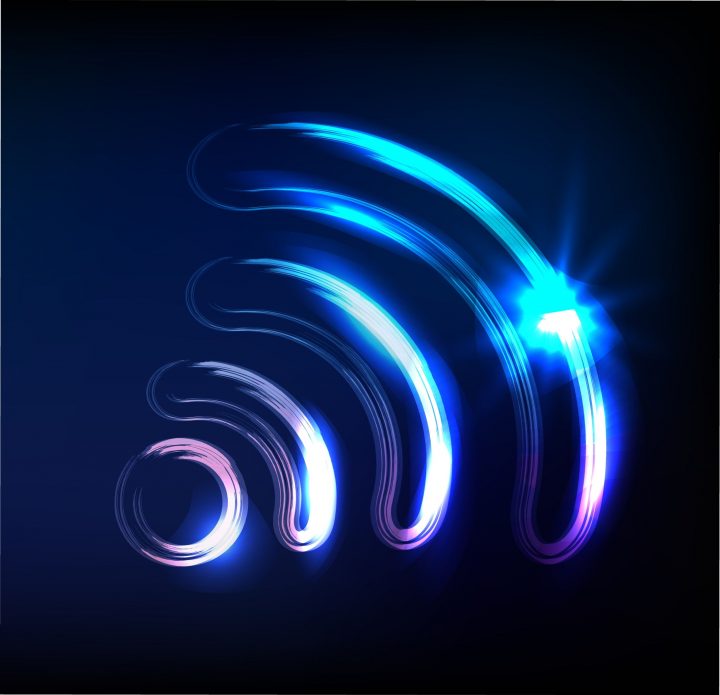In April 2020, the United States Federal Communications Commission (FCC) made 1,200 megahertz of spectrum available in the 6 GHz band for unlicensed Wi-Fi use. The seventh generation of Wi-Fi technology is designed from the ground up with the 6 GHz band in mind, and promises higher spectrum and power efficiency, better interference mitigations, higher capacity density and higher cost efficiency.
For many, Wi-Fi 6 GHz operation is considered a monumental and historic development. Wi-Fi 7, thanks in part to its 6 GHz operation, will deliver significant improvements in user experience around density, reliability and throughput. And for operators, 6 GHz Wi-Fi presents them with the opportunity to offer customers Wi-Fi that can keep up with their lofty broadband goals.
But how did we get here? RCR Wireless News spoke about the journey to 6 GHz Wi-Fi with the Director of Product Marketing for Broadcom’s Mobile Connectivity Division Chris Szymanski. In 2015, Broadcom — along with its industry partners and competitors — identified that there remained a wireless broadband bottleneck in the last 10 or 15 meters.
“Broadcom supports licensed and unlicensed spectrum; it’s simply that we see a huge looming deficit in the spectrum for unlicensed that has made it a core part of our focus,” Szymanski explained. “There are many different organizations like CTIA and GSMA that are effective in advocating for licensed spectrum but there wasn’t sufficient advocacy for unlicensed spectrum.”
Broadcom, therefore, teamed up with a group of “like-minded companies” to scrub from the 2 gigahertz band up to the 14 gigahertz band, and in 2016, found that the perfect band for Wi-Fi expansion was 5925-7250 MHz. “That is 1,350 megahertz of spectrum for Wi-Fi expansion,” Szymanski said. He further clarified that the FCC only opened up 5925-7125 for unlicensed because that was what the industry was pushing for because it wanted to avoid seeking spectrum that was designated for federal use initially in order to get access to the 6 GHz band faster.
This, though, still meant 1,200 megahertz of ideal spectrum for Wi-Fi. “But back in 2016, we identified the entire 6 GHz band going up to 7250 MHz because there was already a mobile allocation for it at the ITU [The International Telecommunication Union],” Szymanski added.
Then, coexistence studies were performed to make sure that Wi-Fi devices could cohabit the spectrum with incumbents. “If we found sharing to be too challenging, there would be no point in pursuing the band. But we found from doing our initial analysis, that it could be made available in a commercially feasible manner. It was very heartening,” said Szymanski.
Further, in the U.S. at least, the incumbent users are all outdoor, high powered and highly directional. “We are making our network indoor and around clutter and we want to use this spectrum where it’s not being used,” he said. “At this point, we became confident.”
Now the next steps for 6 GHz in the United States involve completing the work that was started by enabling portable device operations, certifying standard power devices that operate indoors and outdoors, and importantly, expanding the unlicensed spectrum designation at least up to 7250 MHz.
“Federal users are in the 7125 to 7250, and it is our understanding that many of the uses are materially similar to 6 GHz, so our view is that as the government is looking to make more spectrum available for licensed and unlicensed, it makes sense that, if we can share with the federal users, to extend the U-NII-8 band at least another 125 MHz. That will give us one more 320 megahertz channel, one more 160 and 2 more 80,” Szymanski stated.

